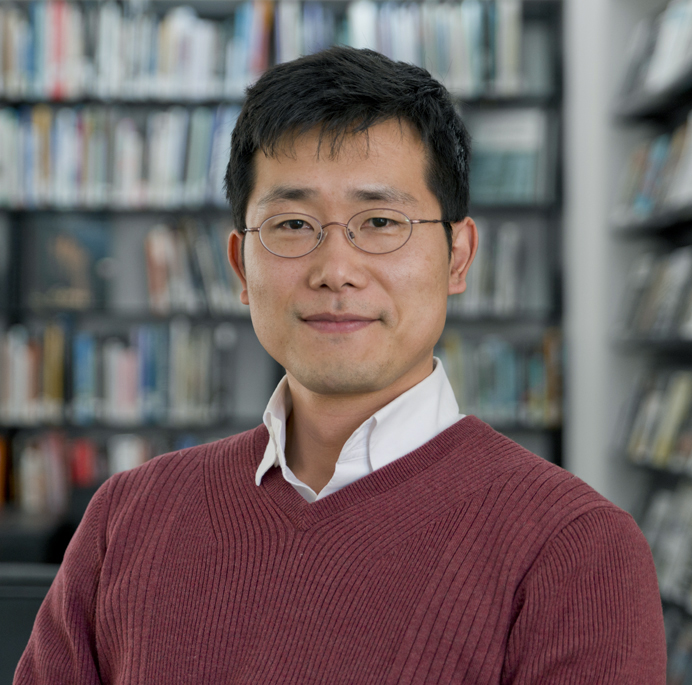YoungJin Lee Presents Keynote at ICCEA 2020

 Sasaki
Sasaki

Leader of Sasaki’s Computational Design Group (CDG), Senior Associate Youngjin Lee, AIA, was invited to present his original research to the 2020 ICCEA international conference as a keynote speaker in June.
Lee is a practicing architect exploring the frontiers of computational design application in practice at Sasaki alongside a group of passionate peers. He is also on faculty at the Boston Architectural College (BAC), where he has taught multiple masters thesis studios and advanced architectural workshops on design computation and digital fabrication in the Boston Architectural College since 2011 with unique pedagogy focusing on the integration of digital design into multiple disciplines. Lee’s expertise in computational design and emerging technologies, paired with his ongoing work at the nexus of pedagogy and practice brought him to the international stage to expand upon recent research.
The subject of his keynote arose from a research paper Lee produced on the subject, The Parametric Design Geneology of Zaha Hadid.
Abstract
This study examines Zaha Hadid’s design methodology with a chronological assessment of her work and its roots in parametric design. Zaha Hadid and Patrik Schumacher pursue Parametricism, and have executed a series of projects that embody it. Her recent work however, does not show building geometry influenced by paintings that can be found in her early work. This study reinterprets the paintings of Malevich, an originator of Suprematism who is believed to inspire her early work from the perspective of Gestalt psychology with parametric observation within the discourse of Parametricism in order to discover consistent design approaches throughout her practice. By investigating her inspiration from Malevich in her early work to her more recent parametric design approach, Zaha Hadid’s consistent design methodology within the evolution of her work is investigated.

This year, ICEA’s international conference convened virtually due to COVID-19. The conference was planned to be held in Compiègne, France.
Lee’s research stems from his experience in both academia and practice, and efforts to improve design methodology, which offers design possibilities through integrative design media and generative algorithms.